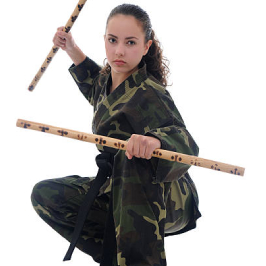Applied Self Defence
Welcome to a safer future with expert guidance on self defence.

Applied Self Defence
Applied Self Defence guides individuals and families of all ages and backgrounds to build confidence, embrace personal growth, and connect with cultural heritage in a welcoming, inclusive community through practical self-defence and martial arts
Applied Self defence incoporates techniques from multiple styles

Kali
The indigenous fighting arts of the Philippines, Kali is a weapons-based martial art that includes hand-to-hand combat, joint locks, grappling, and weapon disarming techniques.

Submission Grappling

Muay Thai

Panantukan
Panantukan or “dirty boxing” is the empty hand component of Kali and is a close-quarters combat style originating from the Philippines, emphasizing the use of hand strikes, elbow strikes, grappling techniques, and evasion tactics.
Why should you enrol at Applied Self Defence?
Applied Self Defence stands out from other martial arts schools because it’s so much more than just a martial arts program—it’s a holistic system designed to resonate deeply with people’s lives.
Here's what makes it unique:
Inclusive Philosophy
Unlike many martial arts schools, Applied Self Defence is intentionally inclusive:
Welcomes people from 5 to 80 years old.
Includes NDIS participants and individuals with disabilities.
Fosters a space for people of any body type, ethnicity, gender, or professional background.
Caters to those feeling isolated, anxious, or unconfident, helping them find belonging.
Practical, Real-Life Application
Focuses on both real-world self-defence scenarios while drawing fromt he fundamentals of traditional forms or techniques. This ensures students can adapt what they learn to actual threats or conflicts, especially in bullying, women’s self-defence, or everyday safety contexts.
Community and Empowerment
Applied Self Defence positions itself as a community-building project, with a mission to bring people together. It’s not just about physical skills but also about fostering emotional strength, self-confidence, and social connectedness.
Calming Philosophy
Incorporating the ideas and concepts of Stoic principles to guide students in managing emotions, stress, and fear makes this program not just about self-defence, but about self-mastery—a dimension many martial arts schools don’t emphasize.
Anti-Bullying and Family-Oriented Approach
The anti-bullying aspect, with its blend of mental, emotional, and physical strategies, provides children and teens with life skills far beyond physical defence.
Encouraging family involvement creates opportunities for intergenerational learning and bonding.
Mind-body Connection
Drills and exercises focus on developing mind-body coordination, enhancing awareness of posture, balance, timing, and movement. Students learn to sense their body’s responses to stress and how to manage them effectively.
Cultural Integration
Your program incorporates Yankunytjatjara stories and parables, seamlessly blending Indigenous wisdom with martial arts principles. This creates a deeper, more meaningful connection for participants, offering lessons in self-awareness, resilience, and community through cultural storytelling.